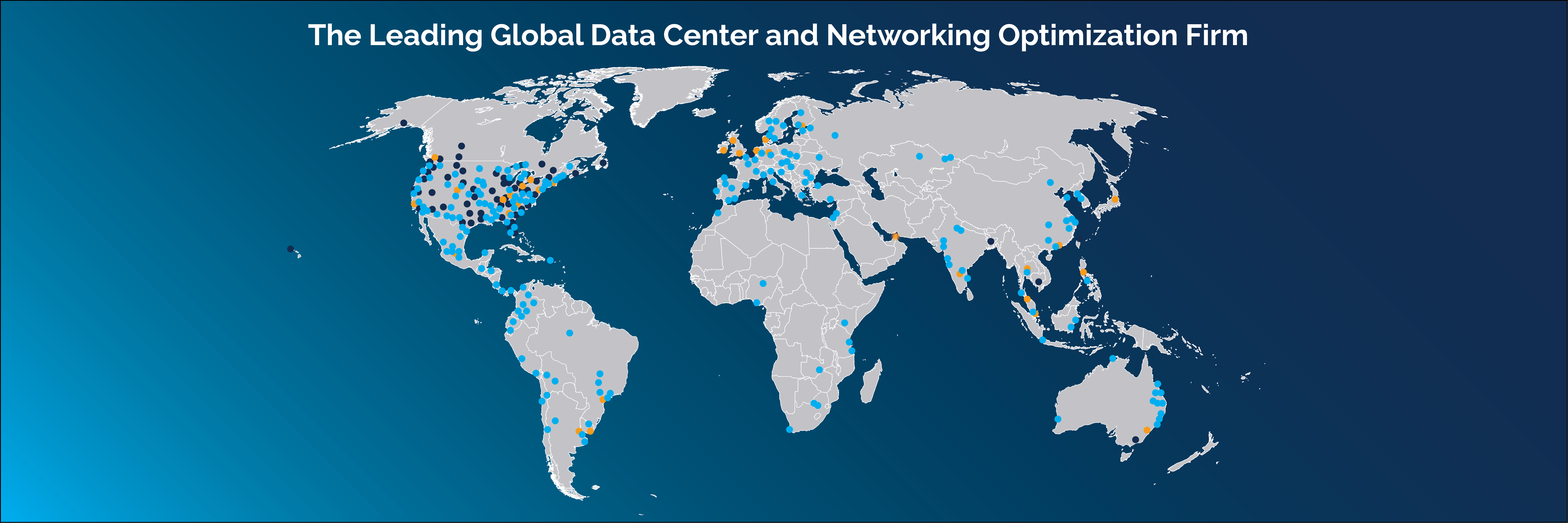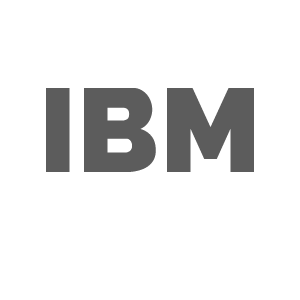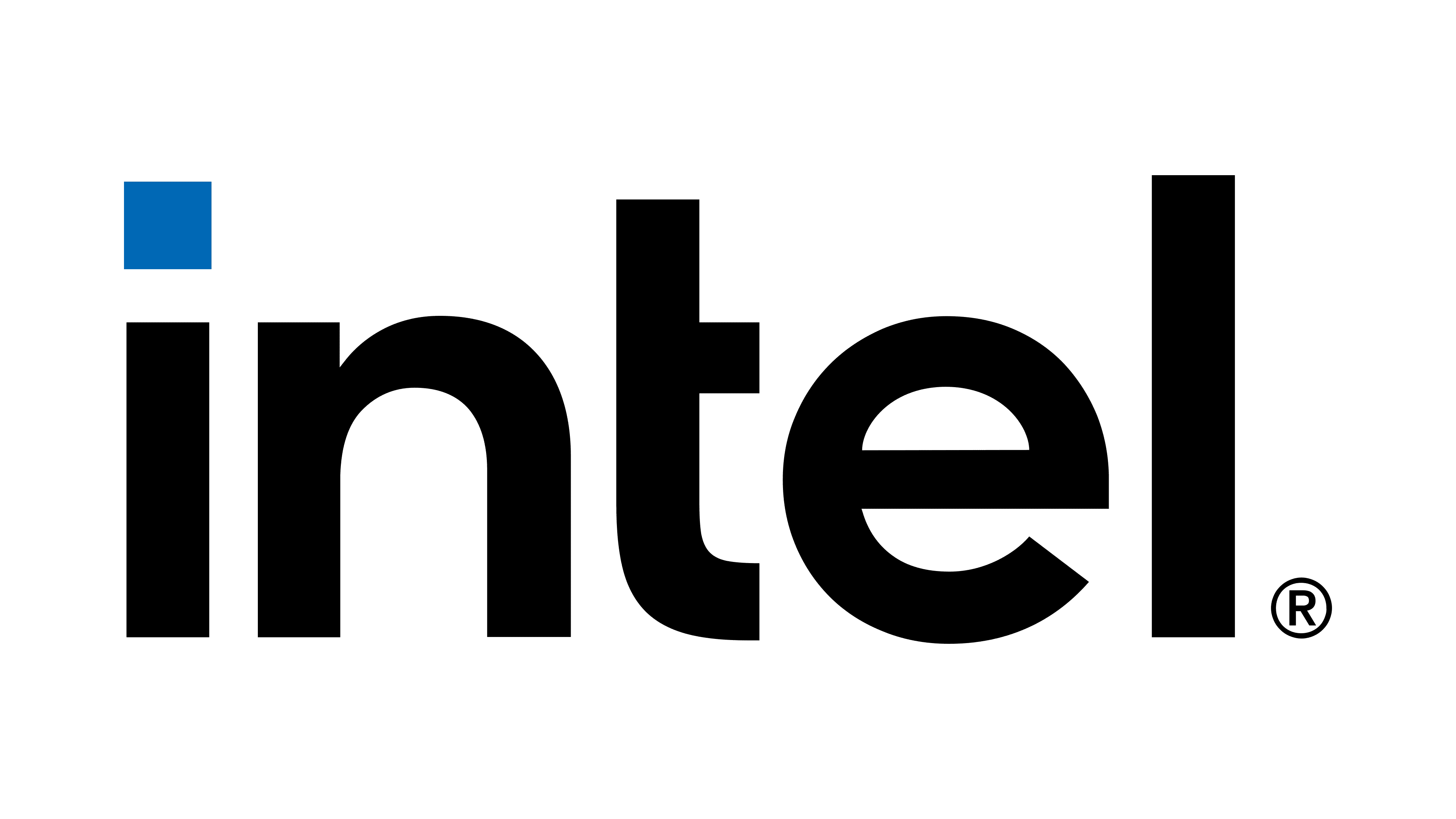
Server Maintenance Services
Server Hardware Maintenance
Park Place Technologies offers global service and support for data center server equipment for OEMs like Dell, IBM, Intel and HPE. With expertise in both x86 and UNIX environments, our server maintenance contracts provide the attention you need to keep your server equipment up and running. Along with third party server maintenance, Park Place can also provide basic and enhanced OS support services for select operating systems.
Customizable Service Levels
Select the OEM of your server devices to customize your server hardware support SLA.
What Is Server Maintenance?
Server maintenance is the process of ensuring that your servers are running efficiently and effectively. The process can involve a set of activities that are performed regularly to keep the server operational and secure, but many IT teams also choose to outsource the reactive break-fix workload only. The purpose of IT server maintenance is to prevent downtime, minimize the risk of hardware (or software failure for managed server plans), and ensure that the server is functioning at optimal capacity and utilization. Server maintenance tasks may include updating the operating system and software, monitoring server performance, backing up data, installing the latest patches, and replacing or upgrading hardware components.
Without proper server maintenance, servers can become vulnerable to security threats, experience performance issues, or suffer from irreversible data loss. IT professionals should establish a real-time monitoring system to ensure that the server is running smoothly and that any potential issues are detected and resolved before they become major failures. By keeping the server well-maintained and monitored, IT professionals can ensure that it continues to provide reliable and efficient services to end-users or internal systems.
Day 1 Server Support
Supplement your base level server maintenance SLA from the OEM with a 7x24x4 Hour SLA executed by Park Place Technologies.
By layering our faster SLA over the manufacturer’s base warranty, you can save 30-40% on server maintenance compared to choosing the fastest SLA delivered by the OEM. Better yet – Park Place remains your single point of contact for your support requests, as part of our day 1 server support offering
Customizable Service Levels
-
7 x 24 x 4
- 24 hours a day, 7 days a week
- Initial phone-based diagnosis
- Field Engineer on-site (if required) within 4 hours after customer contact
-
5 x 9 x 4
- 8:00 AM to 5:00 PM, Monday through Friday
- Initial phone-based diagnosis
- Field Engineer on-site (if required) within 4 hours after customer contact
-
Next Day
- Initial phone-based diagnosis
- Field Engineer on-site (if required) the following business day after customer contact
-
-
Server Management
- ParkView Managed Services™ is a done-for-you approach to server maintenance and management
- Server management services that streamline your IT operations
- Incident management, patch management, and remediation
Engineering Expertise
-
400+Global Professionals
-
15+Years Average Experience
-
100K+Service Calls in 2020


Central Park Customer Portal
- Easy-to-read dashboard of key metrics
- Service ticket, contract and asset management
- Multi-account access
- Ability to designate multiple customer administrators
- Park Place Hub including installation wizard and visibility to monitor devices















